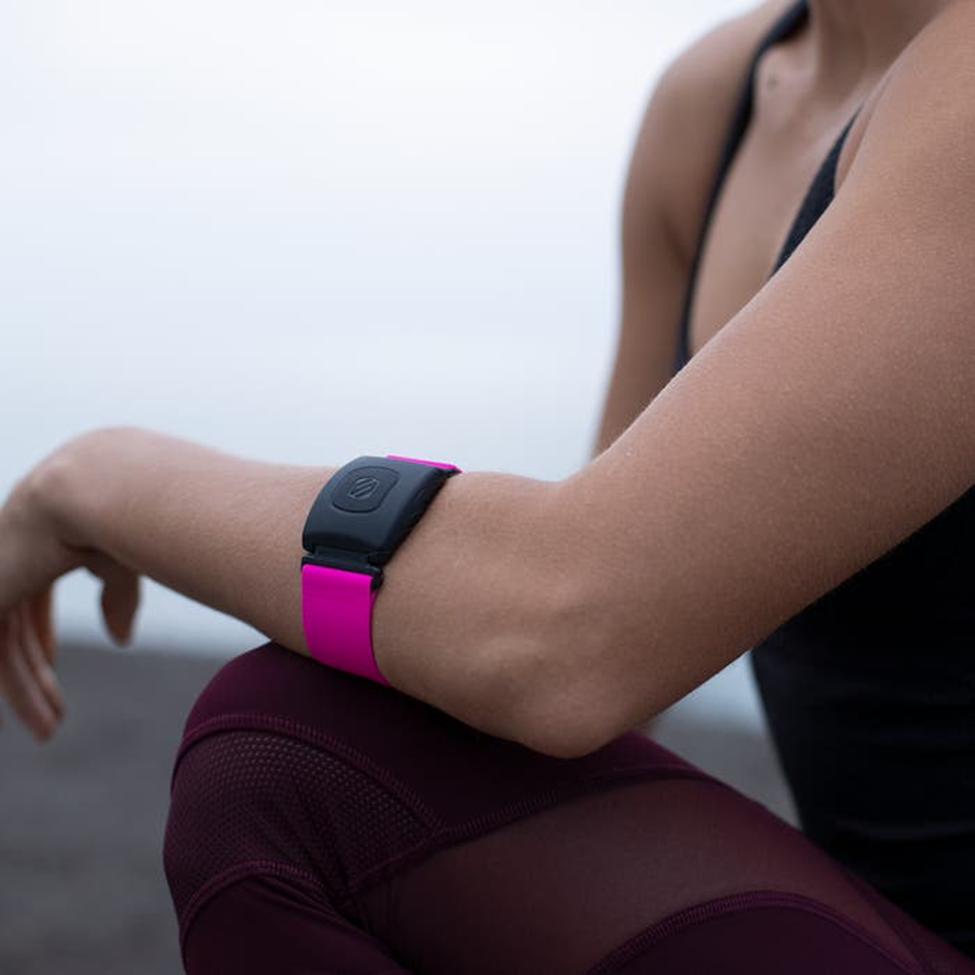What Is Target Heart Rate and Why Does It Matter?

Source: Robert Kneschke/Shutterstock.com
While pretty much all forms of exercise are good (though overexercising can be harmful), getting the most out of it requires that you remain at a level that is safe for you and stay within your target heart rate.


This raises the questions: What is target heart rate and how do you find this figure?
That’s what we are here to explore. Let’s get started.
Shop Heart Rate Monitors to Maximize Your Workout Sessions
What Is Target Heart Rate?
Target heart rate is essentially a range of numbers which determines how fast your heart should beat while exerting yourself during exercise. Think of this as the sweet spot between not pushing hard enough and overexerting yourself.
During your exercises, you can monitor your heart rate to reach this target area. Of course, you will need to purchase a wearable heart rate monitor to properly measure your heart rate during your session.
As a bit of a side note, doctors will also employ target heart rate to translate the data of cardiac stress tests.
How to Find Your Target Heart Rate
To find your target heart rate, it is necessary to first find your resting heart rate. This can be achieved by finding your pulse (via your wrist, elbow, foot or neck) and counting the beats-per-minute (BPM). However, for higher accuracy and consistency, you can use even the simplest heart rate monitor. A normal resting heart rate should fall between 60 and 100 beats-per-minute. The more athletic and fit you are, the lower that number is likely to be, sometimes getting down to 40 to 50 BPM.
Target heart rate is typically expressed as a percentage of a person’s maximum safe heart rate, usually between 50 and 85 percent of that number.
A simple formula for finding your maximum heart rate is to simply subtract your age from 220 (though there are more sophisticated formulas available).
Therefore, a 38-year-old man’s maximum heart rate would be 182 beats-per-minute. At 50 percent of maximum exertion, the target heart rate would be 91 BPM. Similarly, at 85 percent exertion, the target heart rate would be (approximately) 154 BPM.
This means that for the aforementioned 38-year-old man, his target heart rate would be 85 to 154 BPM.
However, if you want to bypass all the number crunching, you can also buy a high-quality health armband, as that is likely to provide the information for you. That said, swimmers should certainly get a waterproof heart rate monitor, for obvious reasons.


On the other hand, if you don’t want to buy any more equipment, you can still find your target heart rate by taking your pulse, finding your beats-per-minute and doing the math yourself.
By exercising at the right level of exertion, you will not only maximize your results but you will also improve your heart and respiratory function. In time, this will enable you to work out more vigorously and for longer.
Heart Rate Tips to Consider
Shop Health Armbands and Other Exercise Accessories
When you are looking to find your target heart rate, it is clear that you are looking to push harder in your exercises while still remaining safe. To that end, here are some additional tips to consider:
- Start Where You Are: If you are new to exercise, worry less about your target heart rate and more about just getting moving on a consistent basis. As time goes on, you will be able to exert yourself more and grow into your routine.
- Listen to Your Body: When exercising, pay attention to your body (i.e., how hard you are breathing, how much you are sweating, if you feel dizzy, etc.) and stop immediately if you feel distressed.
- Use Target Heart Rate as a Guide: It is important not to get overly fixated on numbers and to push as hard as you feel comfortable pushing. Again, with time and consistency, you will be capable of exerting yourself more.
Finding Your Target Heart Rate
Now that you understand what target heart rate is and how to find it, it is time to get the gear you need and get out there to push a bit harder. However, remember to listen to your body and stay safe while maximizing the benefits of your workout.